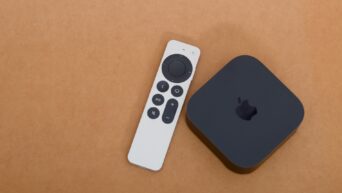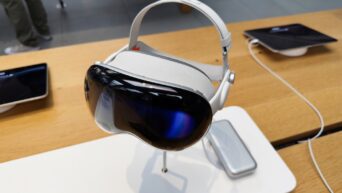No masks and tubes required.
Many babies need assistance when it comes to breathing. In order to help the babies breathe easier, they get hooked up to machines with masks and tubes that can leave lasting negative effects. Doug Campbell, a pediatrician in the intensive care unit for babies at St. Michael’s Hospital in Toronto, Canada, felt there had to be a better way to help babies breathe easier.
Campbell formed a team and they eventually came up with a device called NeoVest. It looks like a tiny lifejacket that fits around the belly of a baby. They created the vest to be airtight so that when the vest gets pulled away from the baby, it creates a vacuum that gently pulls on them. This motion draws air into the baby’s lungs.
By having a vest around the stomach, the baby will be exposed to the bonding that is so crucial with the mother in the early stages of life. The team really focused on a way to prevent the face from being inundated with masks and tubes and concentrate on the stomach area.
Even though ventilators have been life-savers, there are side effects that concerned Campbell and his team. The ventilators do not typically match the precise rhythm of air intake and exhalations that a baby’s body would normally go through. As a result of this, doctors have to sedate babies to help them deal with the discomfort of the ventilator not being in rhythm with their normal breathing patterns.
In order to make sure that the vest would sync up with a baby’s breathing pattern, the team developed a sensor that was attached to the feeding tube, which picks up the brain’s breathing signals. The signals then match up with the NeoVest’s rhythms of inhaling and exhaling in a normal fashion.
The first NeoVest test on a baby was successful. More tests are soon to follow before it is certified as a medical device. The fact that it helps to draw a breath rather than push gas in and out is a huge health benefit. The main concern with the vest is the fact that premature babies have very sensitive skin. Doctors are worried that the rhythmic pulling on the skin could cause damage to the sensitive skin underneath the vest. This is something they will need to keep an eye on before this vest can be considered a viable option to help babies breathe.

































